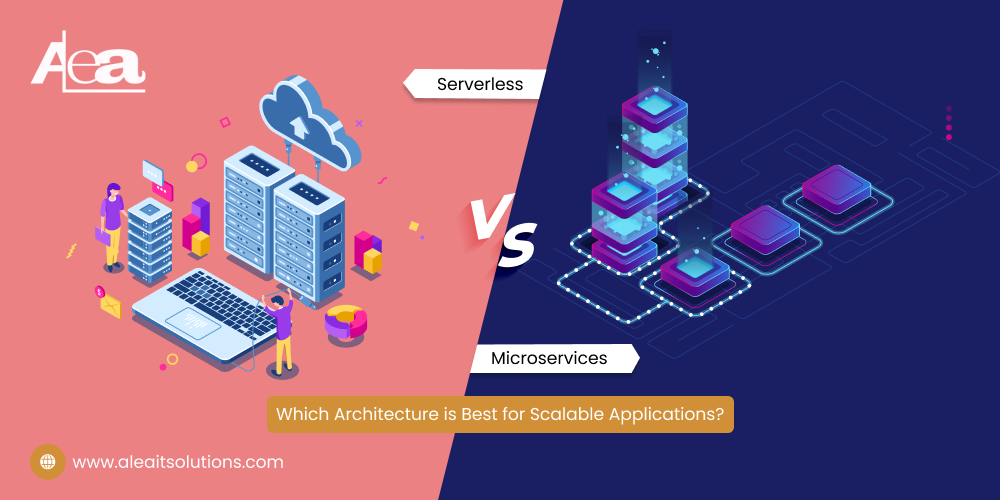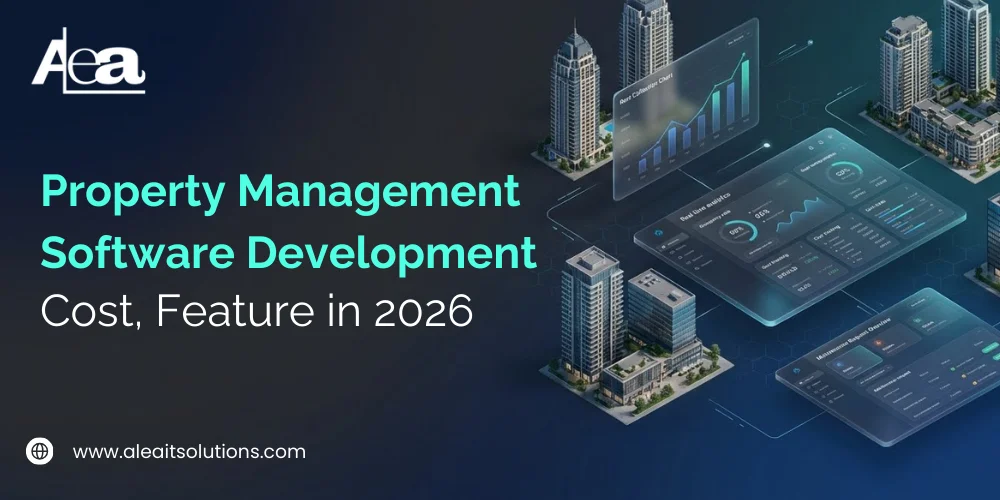In the world of modern software development, it is more important to create scalable, responsible applications than ever. As business efficiency, speed and flexibility strives, choosing the right architecture becomes an important decision. Micro-serves and server-Less today are two of the most popular architectural styles, each provides unique benefits for scalability, but also offers its own set of challenges.
So, which is right for your application? Dive into matters, benefits and uses of each to help direct your choice.
What Is Micro-services Architecture?
Micro-Services Architecture is a modular approach where a large application is divided into a set of independent, relaxed-decorated services. Each service handles a specific function (such as user authentication or inventory management) and can be developed, deployed and extended independently.
Key Benefits of Micro-services:
- Independent scalability: Each service can be extended individually depending on its specific demands.
- Speed of Development: Teams can work on various services overall, accelerating the overall growth process.
- Fault Isolation: Failures in a service do not necessarily affect others, giving more flexible systems.
- Technology flexibility: Each microservice can be made using various technology stacks, allowing developers to use the best equipment for each task.
Challenges of Microservices:
- Increased complexity: Management of several services with internal communication combines complexity.
- Operational Overhead: Skilled infrastructure and monitoring equipment are required to run and maintain many services.
- Communication delay: Microservices often rely on API for inter-service communication, which can add delays and increase potential failure points.
What Is Serverless Architecture?
Serverless Architecture is a cloud computing model that allows developers to focus on code without management of the underlying infrastructure. In servers, functions are written as small, isolated units that are triggered by events (eg, an API request or a database update). The cloud provider handles everything from server provisioning to scaling.
Key Benefits of Serverless:
- No server management: developers do not need to worry about infrastructure; The cloud provider handles provisioning, scaling and management.
- Automatic scaling: Serverless functions automatically scale with demand, by handling some requests to thousands, ensuring that resources are customized.
- Cost Efficiency: You only pay for the execution time of tasks, making it ideal for applications with sporadic or unexpected traffic.
- Rapid development cycle: With the infrastructure managed by the provider, server allows for rapid growth and rapid deployment.
Challenges of Serverless:
- Cold Start: The initial call of a function can experience delay, as the environment is designed (known as “cold start”).
- Execution time limit: server -free tasks typically have a shortage of time, which may not correspond to long -running procedures.
- Seller lock-in: server-free tasks are often adapted to a specific cloud provider, which makes it difficult to migrate to another platform later.
Comparing Microservices and Serverless: A Head-to-Head Analysis
| Feature | Microservices | Serverless |
|---|---|---|
| Architecture | Divides applications into larger, independent services. | Executes code in small, event-driven functions managed by the provider. |
| Scalability | Scales each service independently based on demand. | Automatically scales functions up or down based on triggers and demand. |
| Infrastructure Management | Requires setup and maintenance for each service. | No need for server management; handled by the cloud provider. |
| Best for | Complex applications requiring long-running services and modularity. | Event-driven applications and apps with unpredictable, short-lived tasks. |
| Cost Structure | Potentially higher due to operational overhead, especially for large-scale applications. | Pay only for execution time, making it more cost-effective for sporadic workloads. |
When to Choose Microservices
Microservices architecture is ideal if:
- You need flexibility: If your application needs to use multiple technologies or framework, microsarvis is able to choose teams to choose the best equipment for each task.
- Your application is complex: For applications with many features, microservices supports modular development, making it easier to manage and score each part.
- You have a large growth team: Microservices allows various teams to work independently on specific services, which speeds up development process.
- Scalability is a priority: allows for independent scaling of microservices services, which is beneficial for applications with ups and downs in demand on specific components.
When to Choose Serverless
Serverless architecture is best suited for:
- Event-Interactive App: If your application is triggered by events (eg, user request or database change), server-free tasks are well suited.
- Cost-sensitive projects: server-free irregular or unpredictable demand is highly cost-effective for workload, as you only pay for active function execution.
- Small or fast growing projects: It is easy to deploy and manage servers, so it is very good for small projects or those who require rapid growth cycles.
- Simple operational management: Serverless manuals remove the need for server management, making it ideal for teams who want to focus on coding completely.
Choosing the Right Architecture for Your Application
While both architecture can help you create a scalable application, their suitability depends on your specific needs:
- Consider the complexity of your application: If you are creating a complex application with many features, microservices can be a better option due to its modular approach.
- Assess your team’s expertise and size: Microservices can be easy to handle for large teams with special skills, while small teams may find server -free.
- Evaluate the expected traffic patterns: If your application has an estimated, continuous traffic, microservices can offer a stable, scalable approach. For applications with fluctuations or phenomena-driven traffic, server-free is more cost-skilled and responsible.
Can You Combine Microservices and Serverless?
For some projects, combining microservices and serverless can offer the best of both worlds. For example, you could use a microservices approach for core application services that require long-running processes, and implement serverless functions for specific, event-driven tasks that require rapid scalability.
Conclusion
Both microservices and serverless architectures offer compelling benefits for building scalable applications, but the best choice depends on the unique demands of your project. By carefully considering the nature of your application, your team’s expertise, and your scalability needs, you can make a more informed decision.
At AleaIT Solutions, we specialize in both microservices and serverless architectures, offering customized solutions that maximize scalability and efficiency for modern businesses. If you’re ready to scale up with the right architecture for your application, reach out to AleaIT Solutions today and let us guide you to the optimal solution.





One thought on “Microservices vs. Serverless: Which Architecture is Best for Scalable Applications?”
Comments are closed.